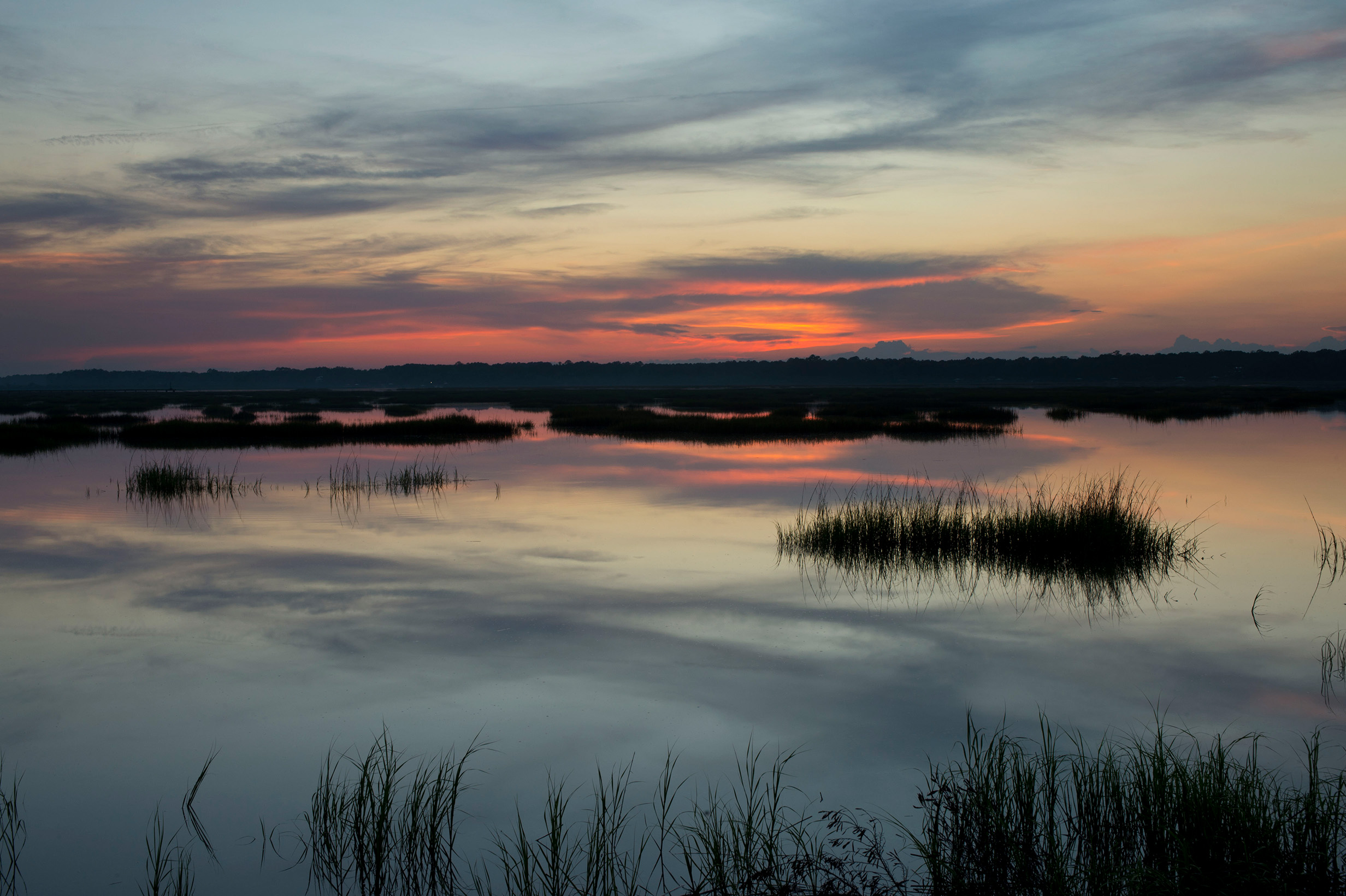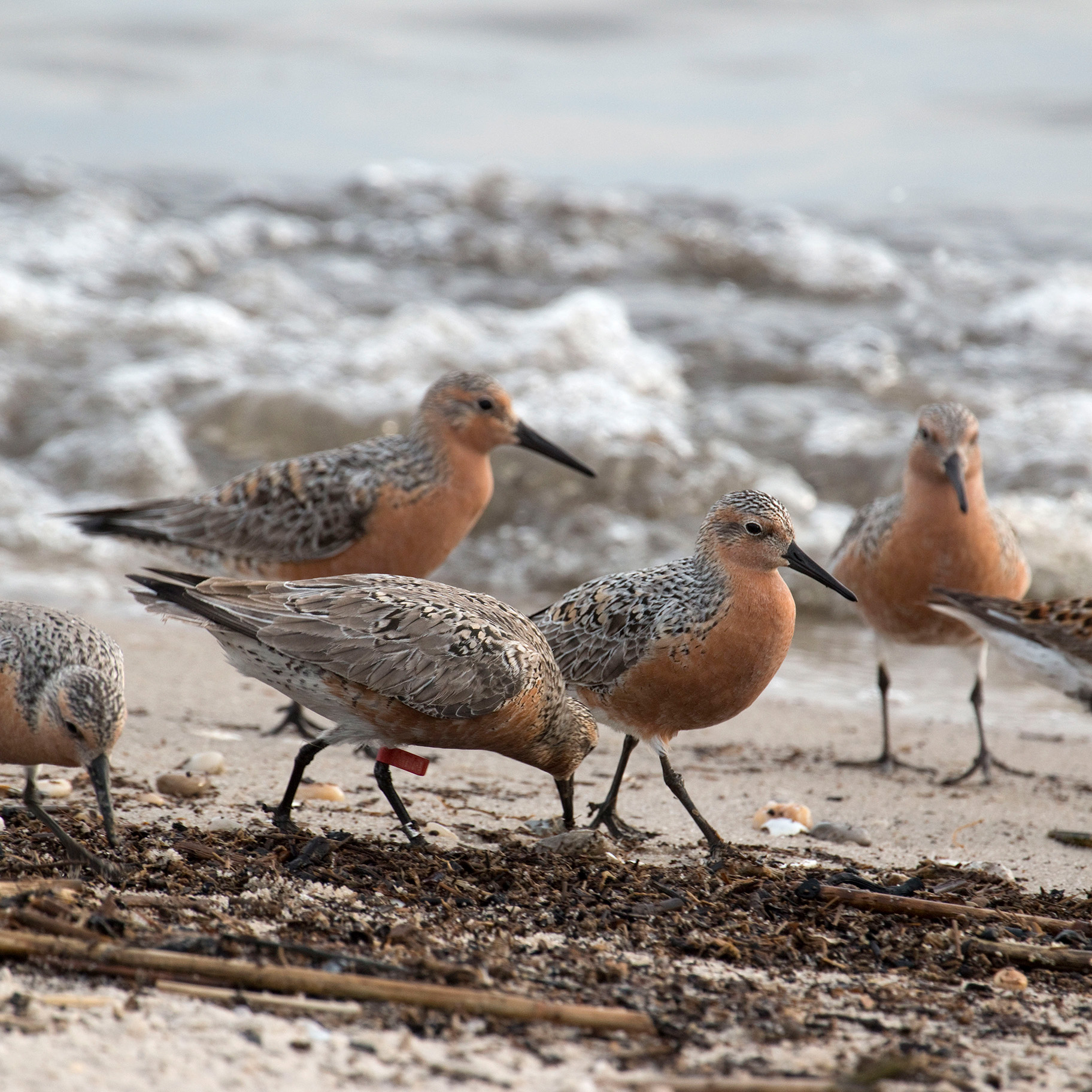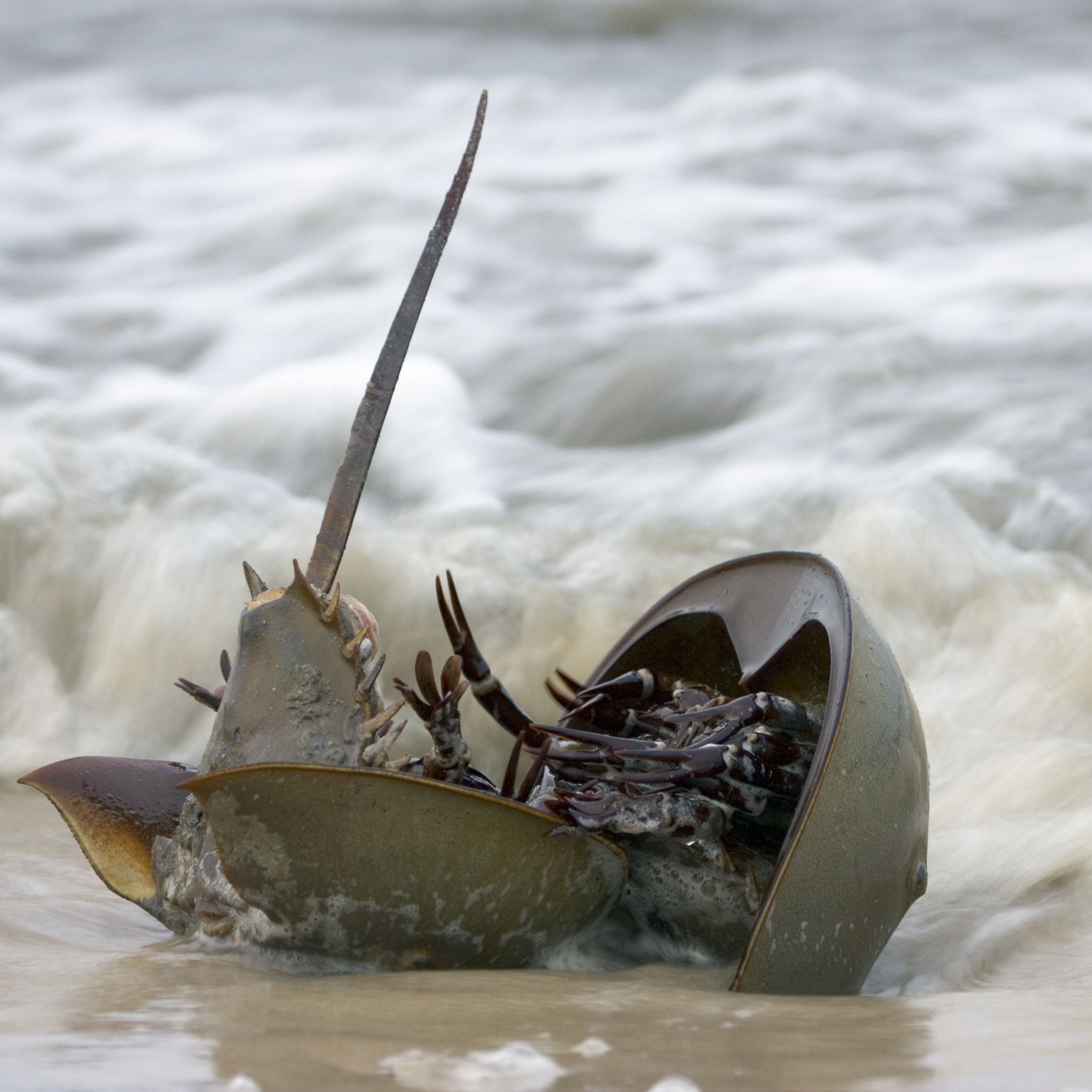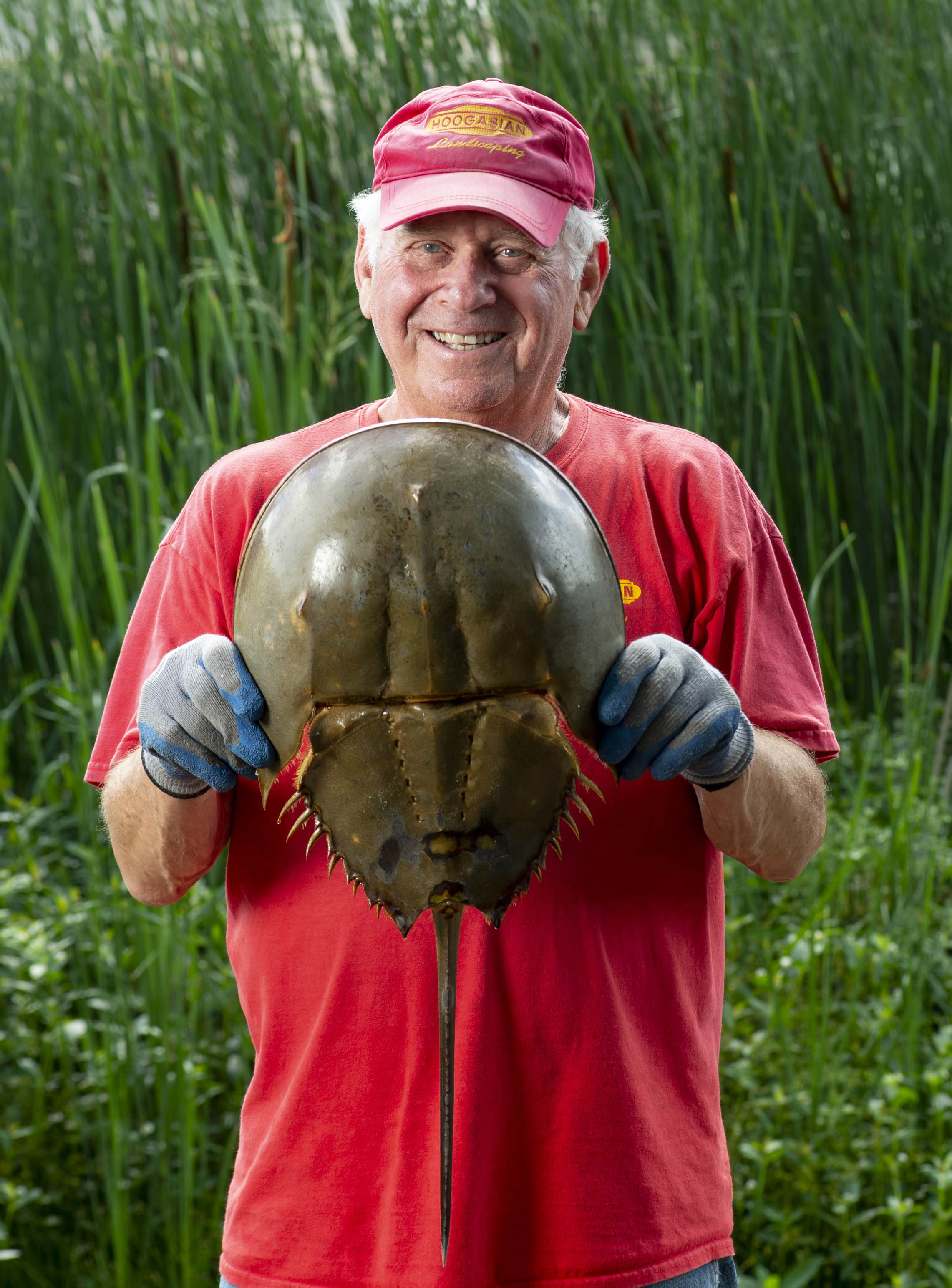To us, it’s more than pursuing an alternative endotoxin testing method. It’s the sustainable use and management of this amazing natural resource. It’s reducing our raw materials necessary to run an LAL test by 95% compared to traditional methods. It’s working with local fisheries and advocacy groups to enact regulations to prohibit baiting. It’s educating and building awareness on the vital role this animal plays in human health and its ecosystem. It’s protecting and preserving their habitat so we can continue to live harmoniously with these animals that share our planet.
In 2017, we partnered with Rutgers University and the New Jersey Aquaculture Innovation Center (AIC) on their horseshoe crab enhancement and sustainability head start program to help increase the survival and population of young horseshoe crabs along the mid-Atlantic shores. On September 19, 2018 approximately 1,000 juvenile horseshoe crabs were released into the wild at the Rutgers Aquaculture Innovation Center in Cape May, NJ. As part of our partnership with the horseshoe crab head start enhancement project, we retained approximately an additional 200 juvenile horseshoe crabs at the New Jersey Aquaculture Innovation Center. Here we'll continue to provide a means to give the young horseshoe crabs a jump-start on life, in a controlled and monitored environment, as an aquaculture setting will provide early life stage horseshoe crabs protection from predation and enhance survivorship.





In addition to culturing of the horseshoe crab eggs, the project aims to develop a mark-recapture program that can be used to assess the success of a hatchery program for stock enhancement. The tagging effort will use an intramuscular tag that has been successfully used for tagging other molting crustaceans.